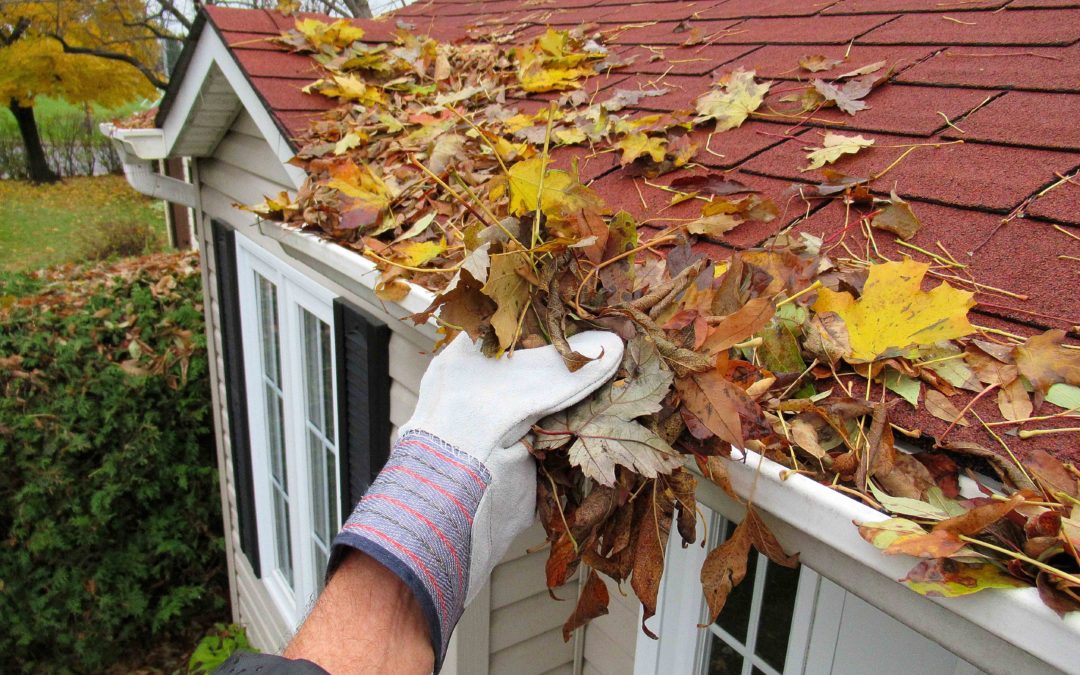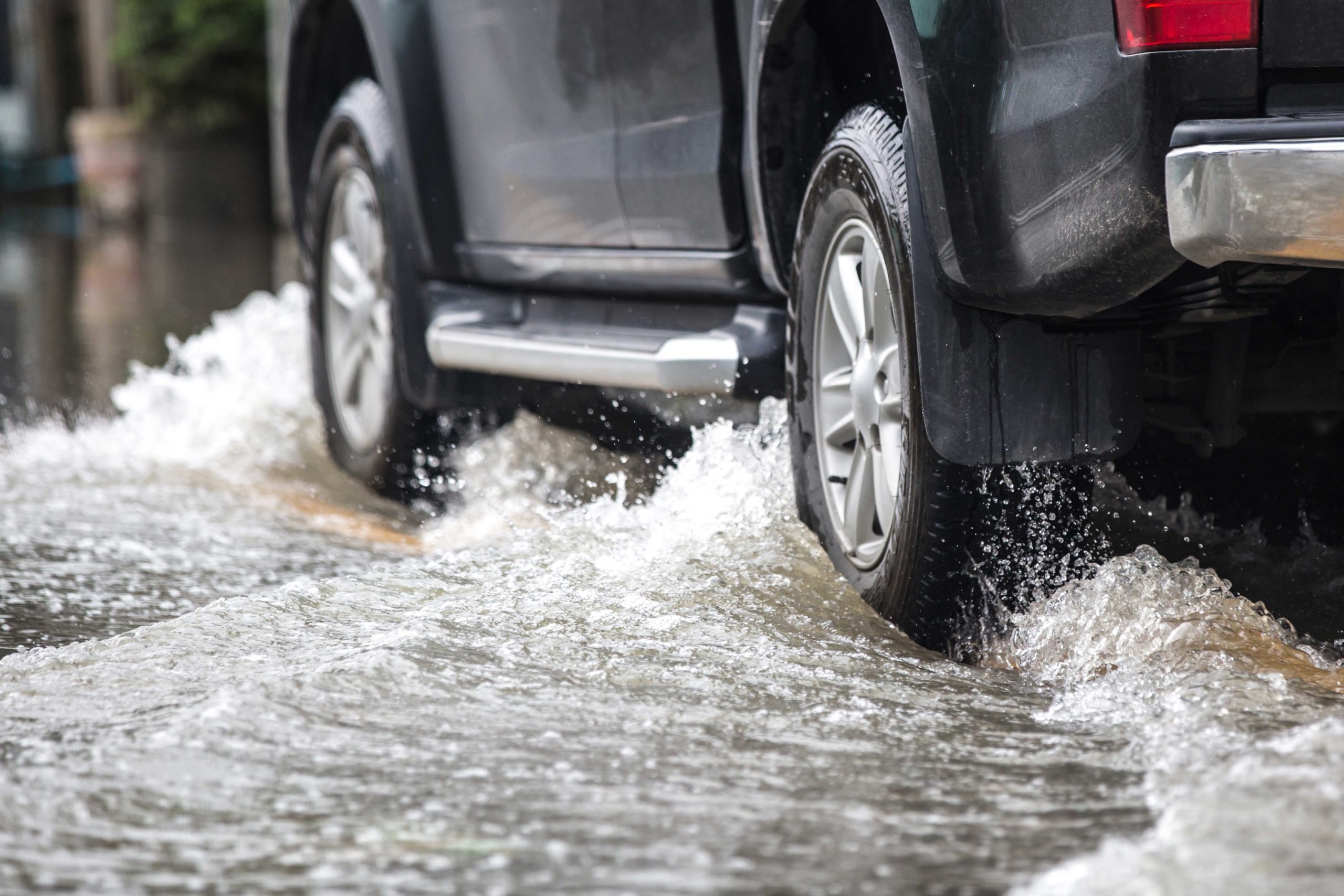When Mother Nature decides to hit New England with a nor’easter, there’s nothing anyone can do to stop her. But there’s plenty you can do to protect your home and family from storms, all year long.
Wind and water (both liquid and frozen) are the two biggest threats to your property. Here are seven ways to defend your home from this dangerous duo.
- Remove or secure possible UFOs (unsecured flying objects). Remove any dead tree limbs and trim tree limbs that are close to the house. In the strong winds of a storm, these could break windows or damage other parts of your home’s exterior. Patio umbrellas, chairs and tables can become dangerous projectiles in a storm, too, so either secure yours with weights or bungee cords, or just bring them into the garage when high winds are predicted.
- Clean and/or repair gutters and downspouts. Make sure your gutter system is prepared to do its job of draining water away from your house. At least twice a year (spring and fall), remove leaves and other debris, and check connections between the gutters and downspouts. This will help decrease the chances of water damage inside your house. Clean gutters can also help prevent ice dams during winter storms.
- Do a roof check. Make sure your roof is in good condition; have a professional check for leaks and secure any loose shingles. In the winter, your roof needs to be strong enough to bear the weight of heavy snow, so any weak or rotting areas need to be repaired. If you live in a particularly storm-prone area (on the coast, for example), consider having your roof reinforced to prevent structural damage or tear-offs.
- Fortify windows and doors for extreme storms. If very high winds are predicted, consider protecting your home’s windows and patio doors with plywood or wind shutters.
- Protect your valuables. Despite all your careful preparations, water could still get into your home, so make sure precious memories and important documents are protected. Store mementos in plastic storage containers and keep critical documents (birth certificates, mortgage papers, etc.) in a fire-safe, waterproof box or offsite in a safe deposit box.
- Stock a family emergency kit. Fallen trees, downed power lines or heavy snow can make roads impassable, and power outages could make food in your fridge and freezer inedible. Stock an emergency kit with enough non-perishable food and water for three days. Estimate a gallon of water per person, per day (for drinking and personal hygiene).
Other items to stock in your kit:
• Battery-powered or hand-crank radio
• Hand-crank flashlight
• First-aid kit
• Portable cell phone charger - Make sure you have adequate homeowners coverage. Even the best plans to protect your home may be outmatched by Mother Nature. Knowing you have a good homeowners policy to help handle repairs gives you a little more peace of mind when the weatherman brings bad news.
It’s a good idea to periodically review your homeowners coverage, especially if you’ve made improvements. An independent agent can help you be sure you have adequate coverage.



